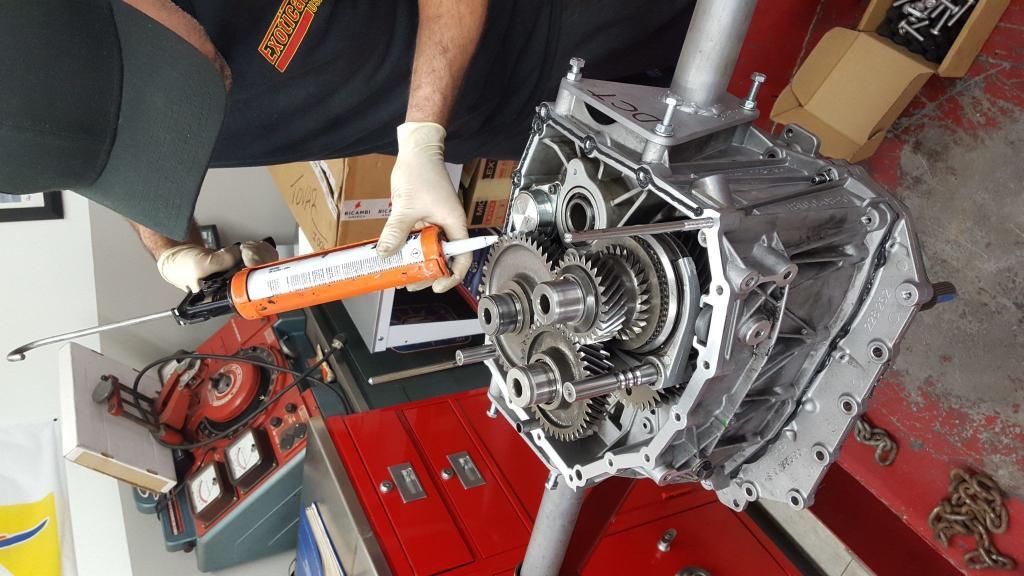

Crisp and snappy shifts are a trademark feature of a DCT provided it’s been engineered properly. Brands like Porsche, are known for their PDK system, which many enthusiasts swear is like a bolt-action rifle. A good DCT locks into place and holds the power and torque coming from the engine securely, all while delivering razor-sharp shifts. More common among high-performance cars, the DCT is known for quite a few things. The likes of the Suzuki Ertiga prove that you don’t need a fancy transmission to get great fuel economy figures, however, the ratios are fixed, so if you are running a lower-powered car with a 4-speed automatic, then you may find that it takes quite a while to get up to speed due to the tall gear ratios meant to keep engine revs down, and fuel economy figures up. Back then, these transmissions didn’t get you the best fuel economy, but with some clever engineering and some modern enhancements, torque converters can be some of the most economical transmissions provided the engine it is mated to is equally geared to be economical. Some of the cons of the torque converter have been addressed in modern cars.

Torque converters are among the most versatile automatic transmission types, and they are also among the most durable often lasting long stints without needing service, but of course, your mileage may vary, and if you do need a service, there are a lot of mechanics that can work on a torque converter due to its familiar and tenured design in the automotive industry. From the most basic like in the 4-speeds found in the Toyota Rush and Wigo to high-performance ZF transmission as found in the Toyota Supra. Torque converters can also be affordable or highly-engineered. Between the three, torque converters are among the most common and oldest design for an automatic transmission.


 0 kommentar(er)
0 kommentar(er)
